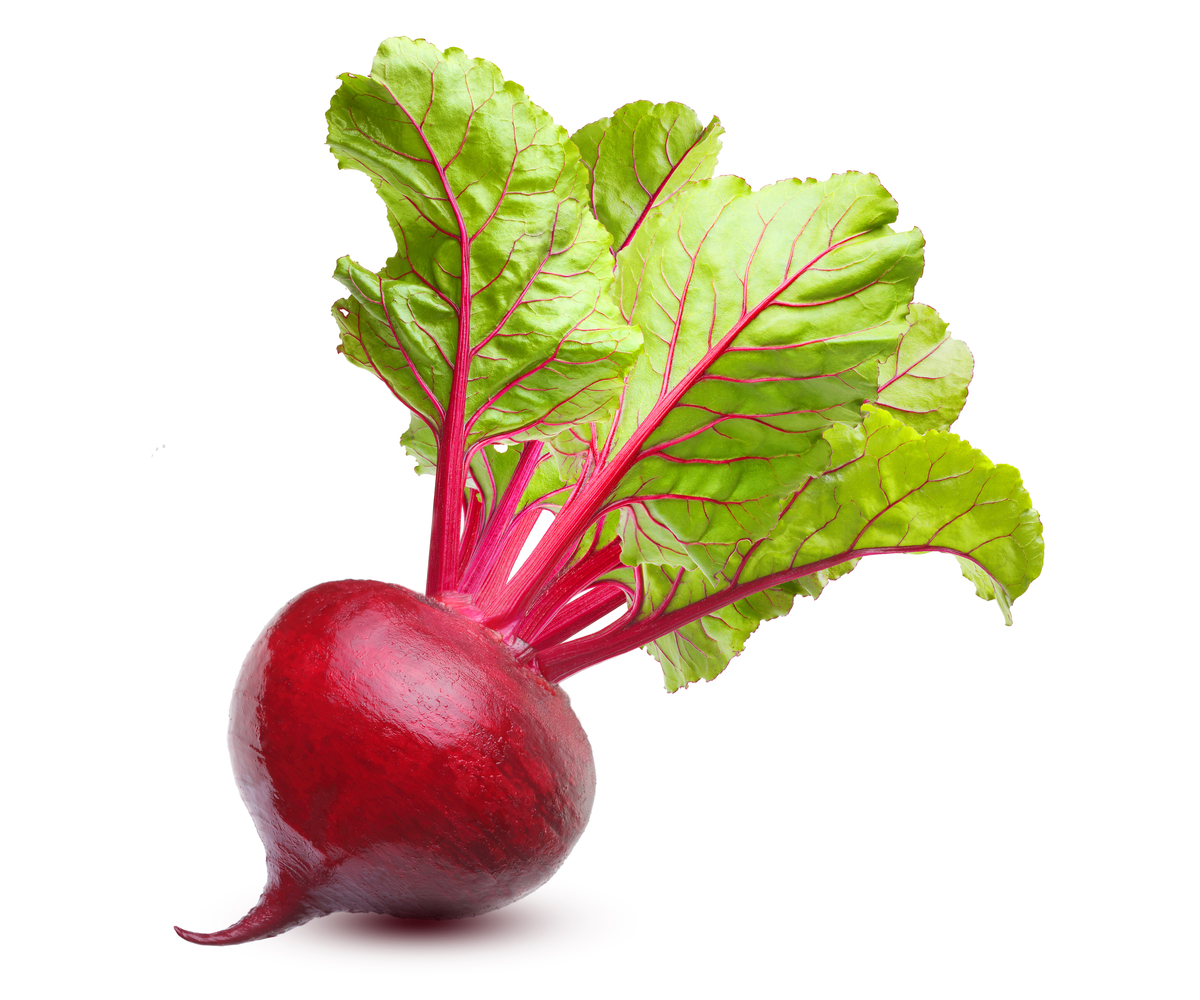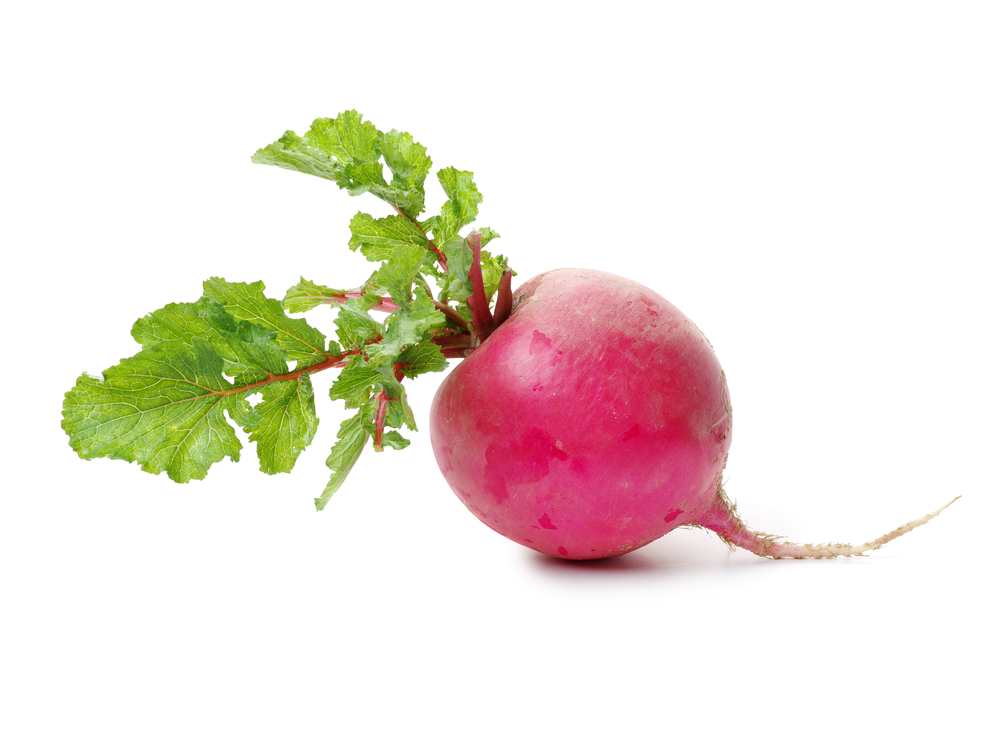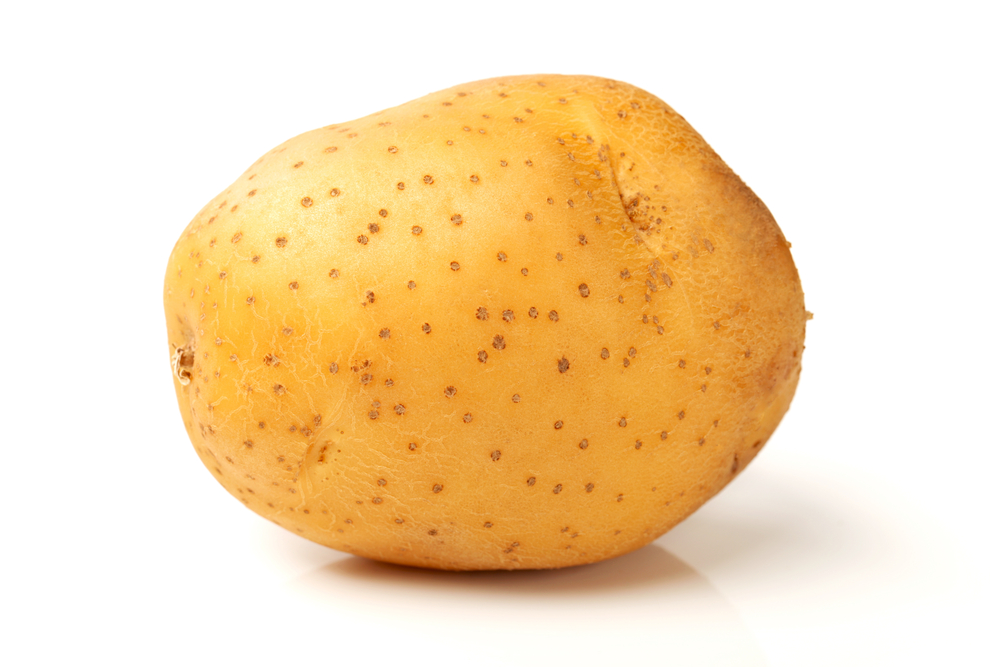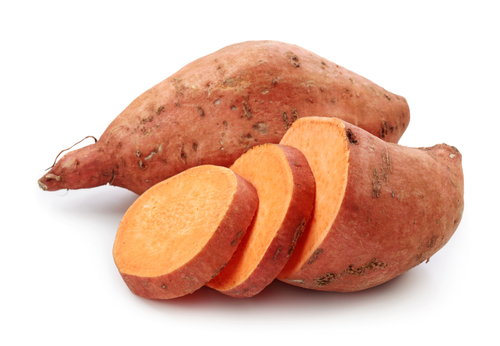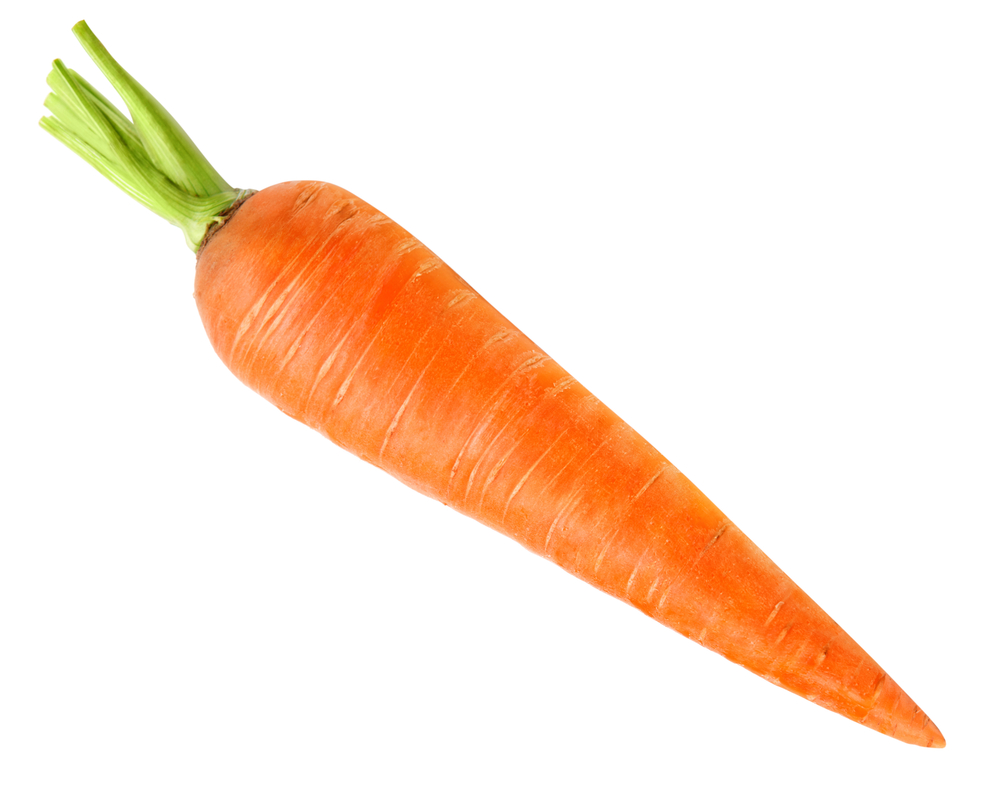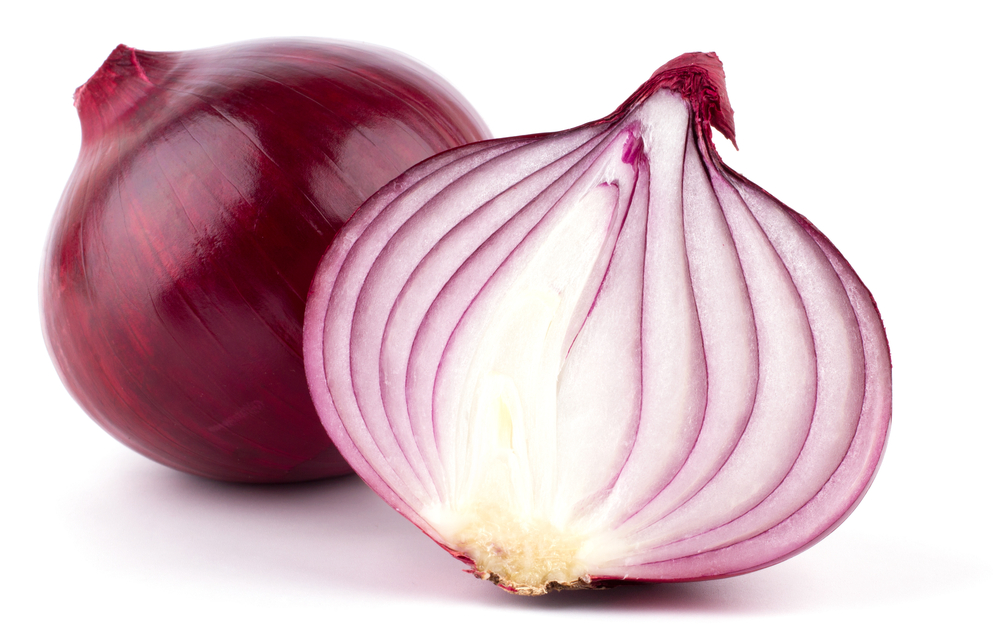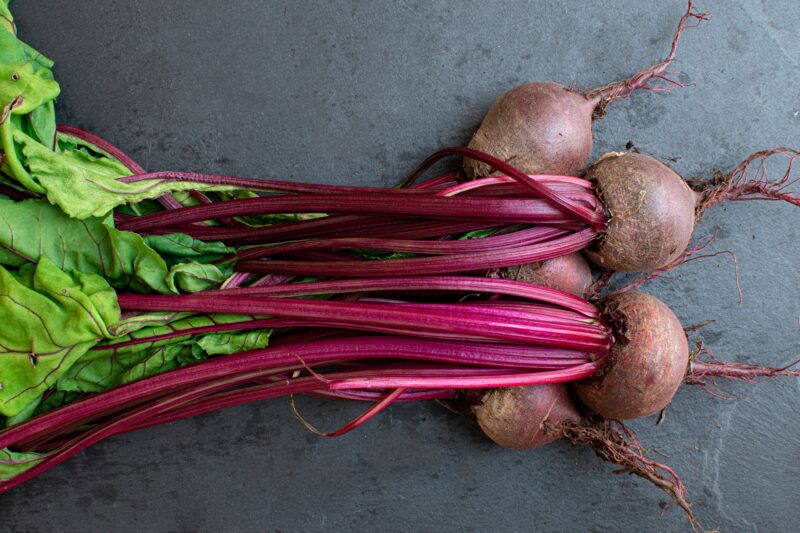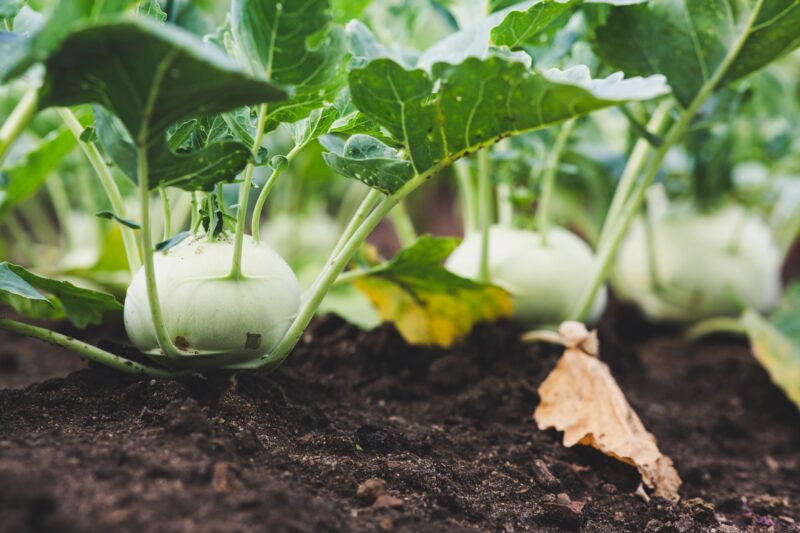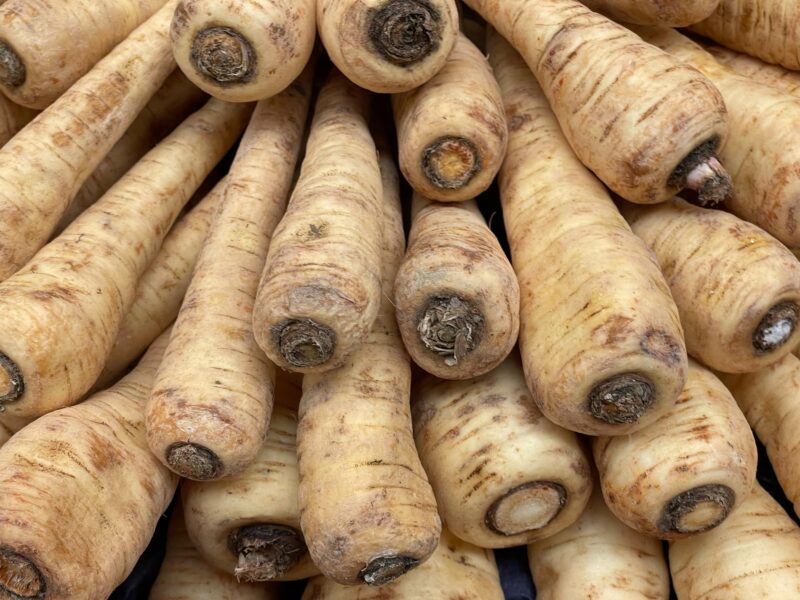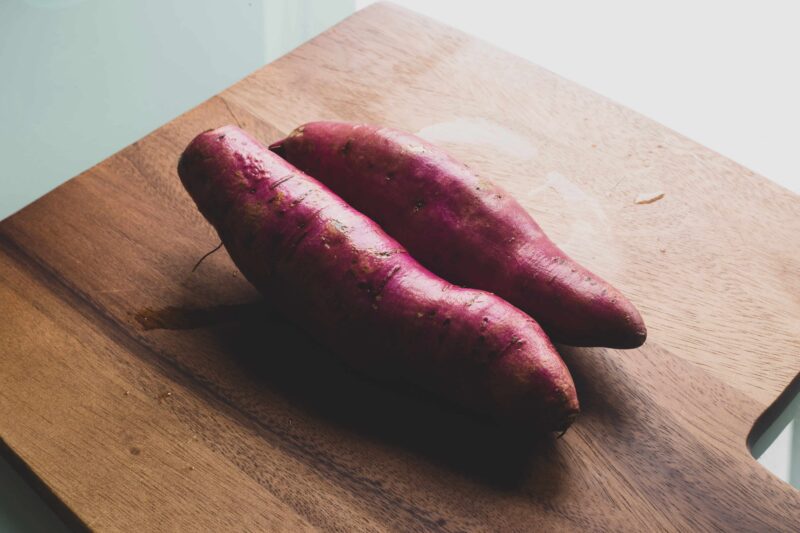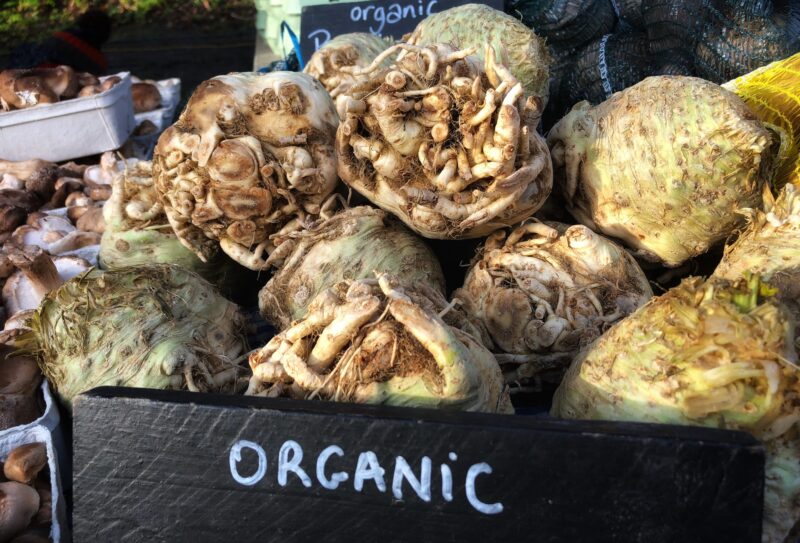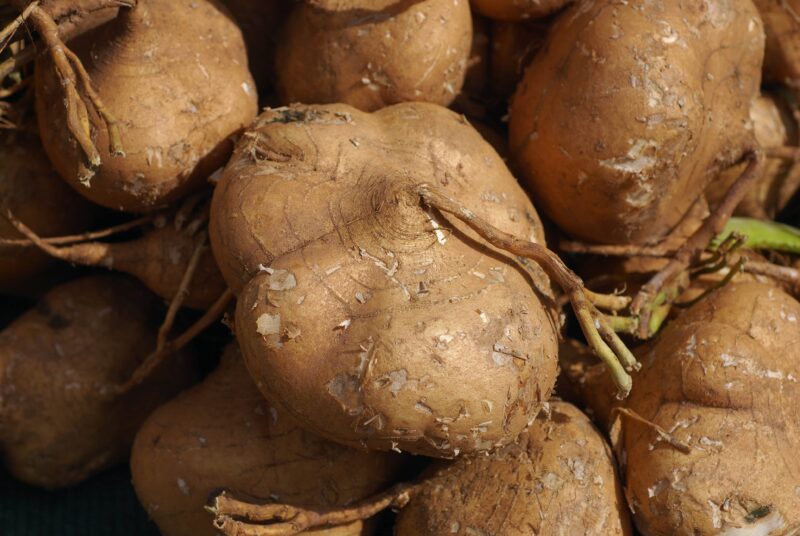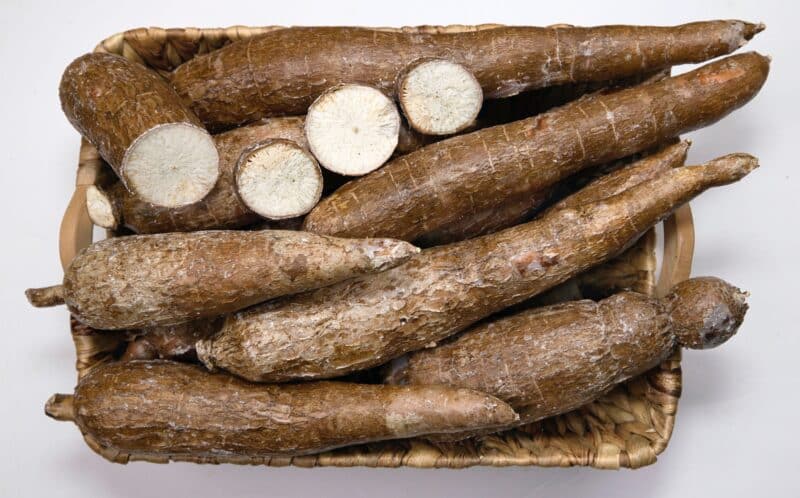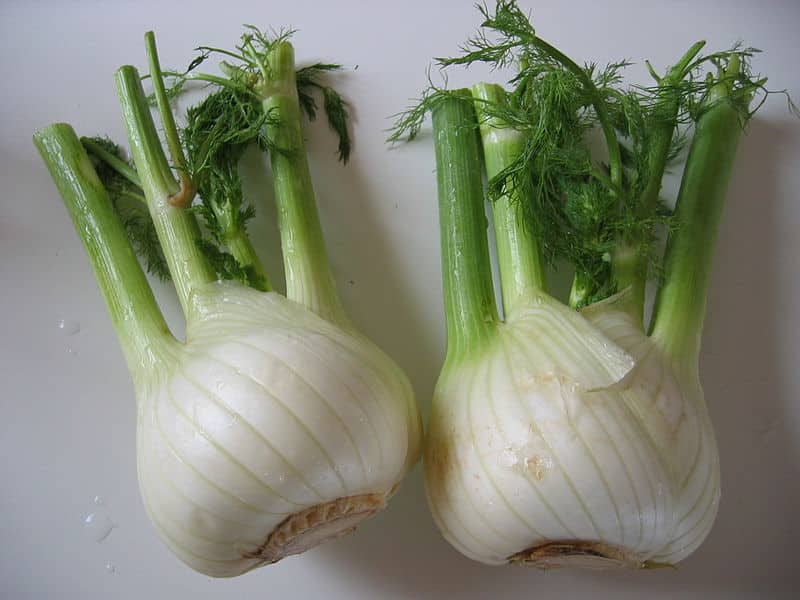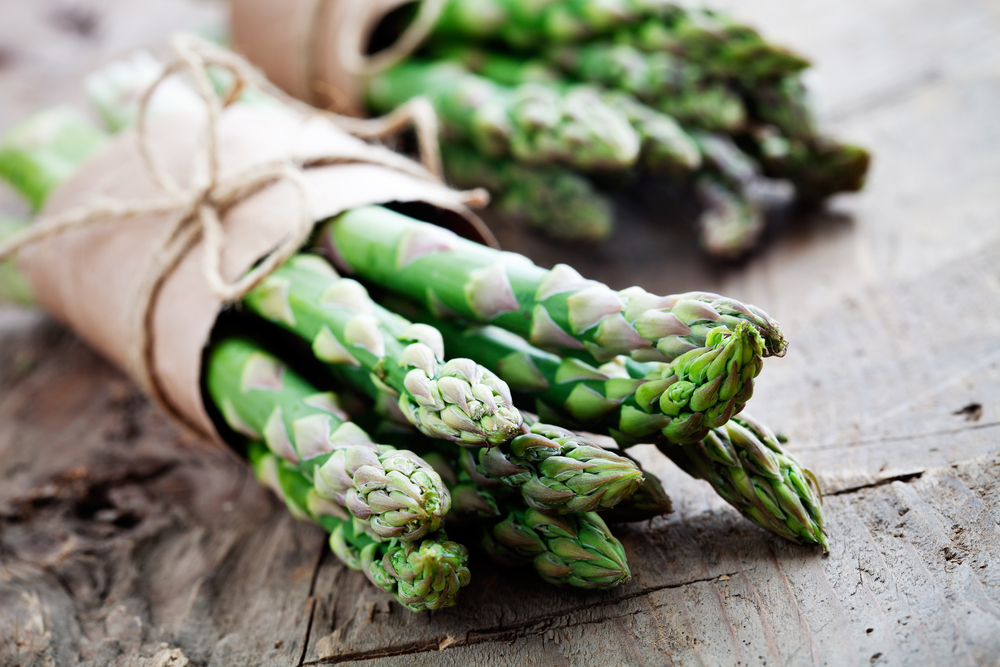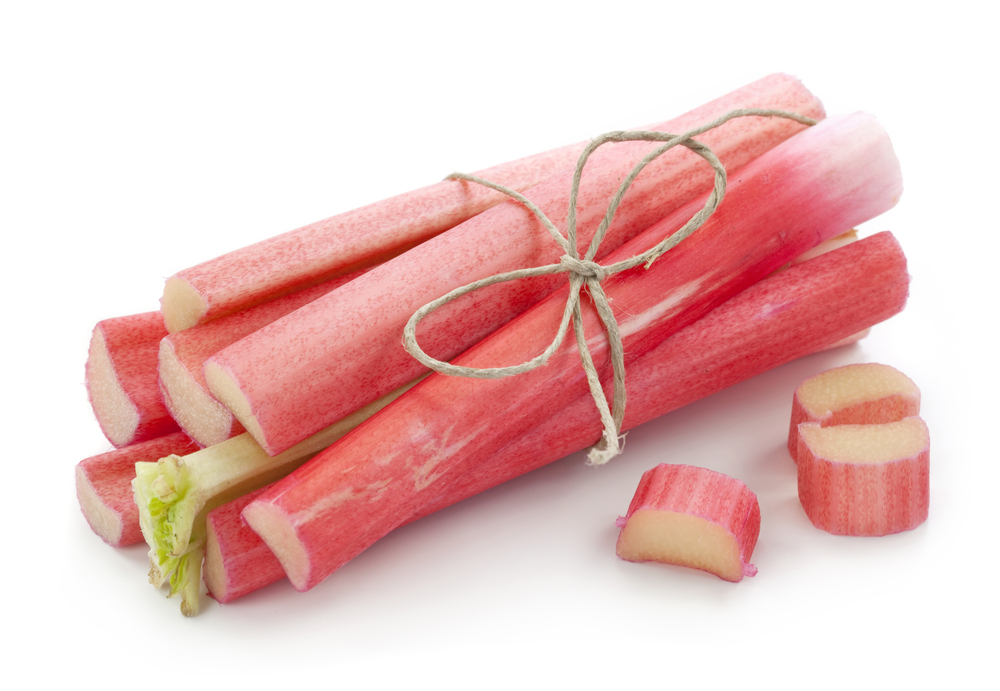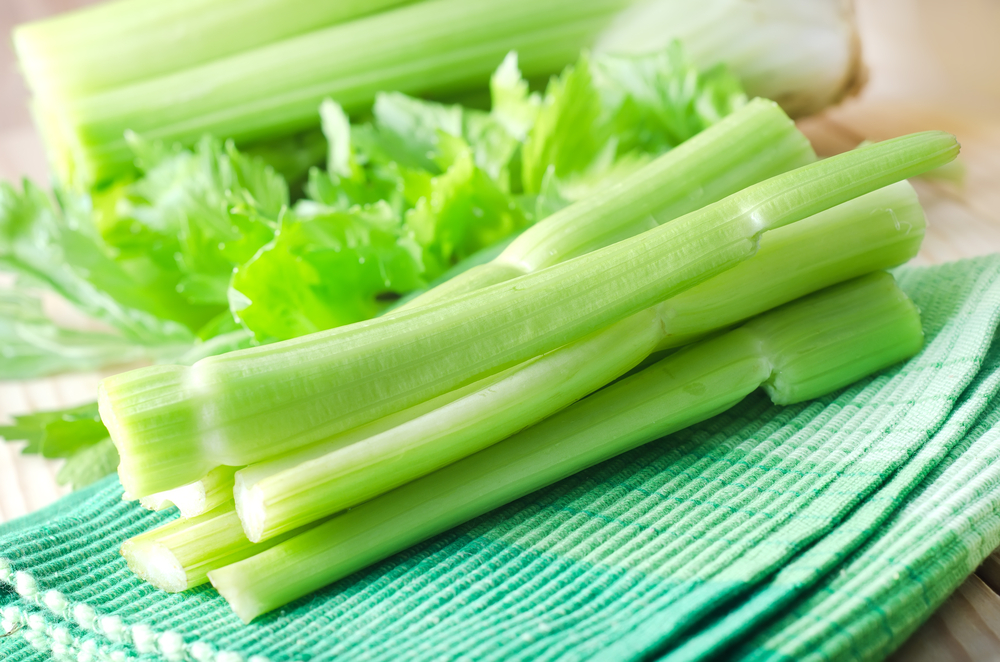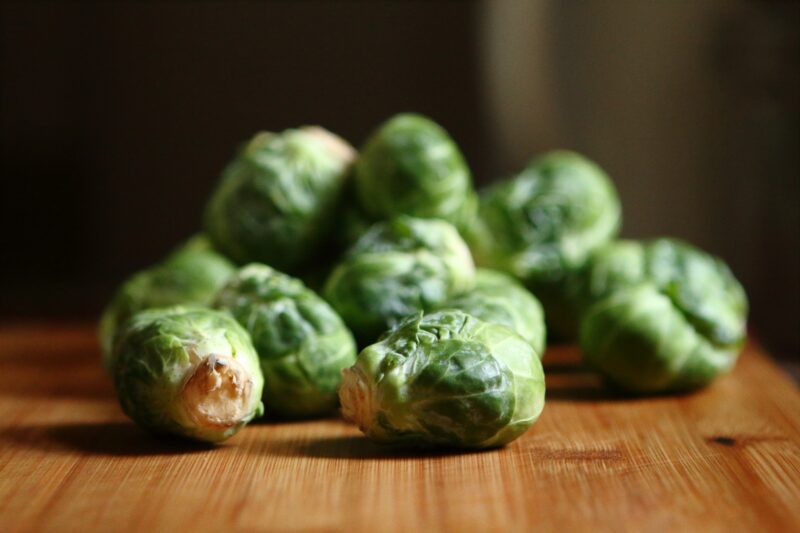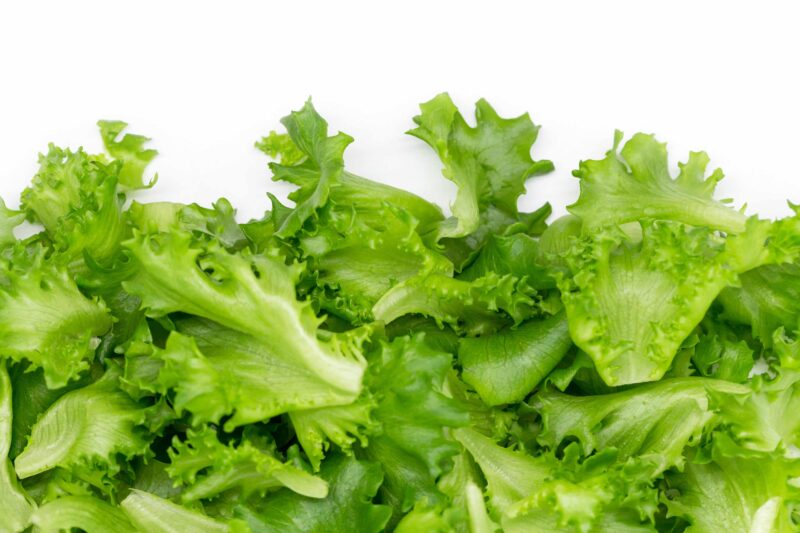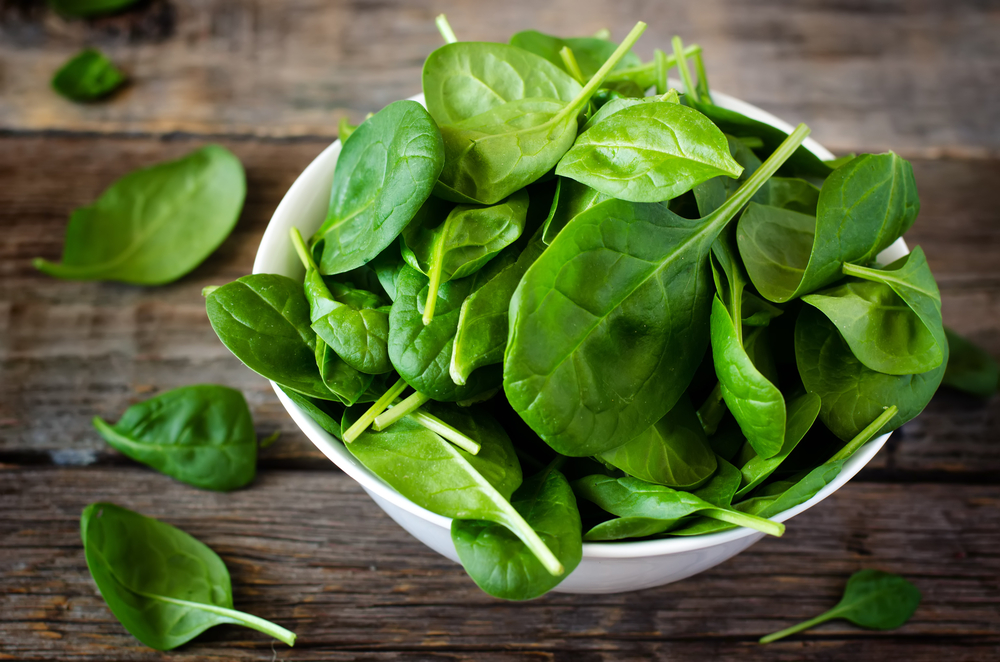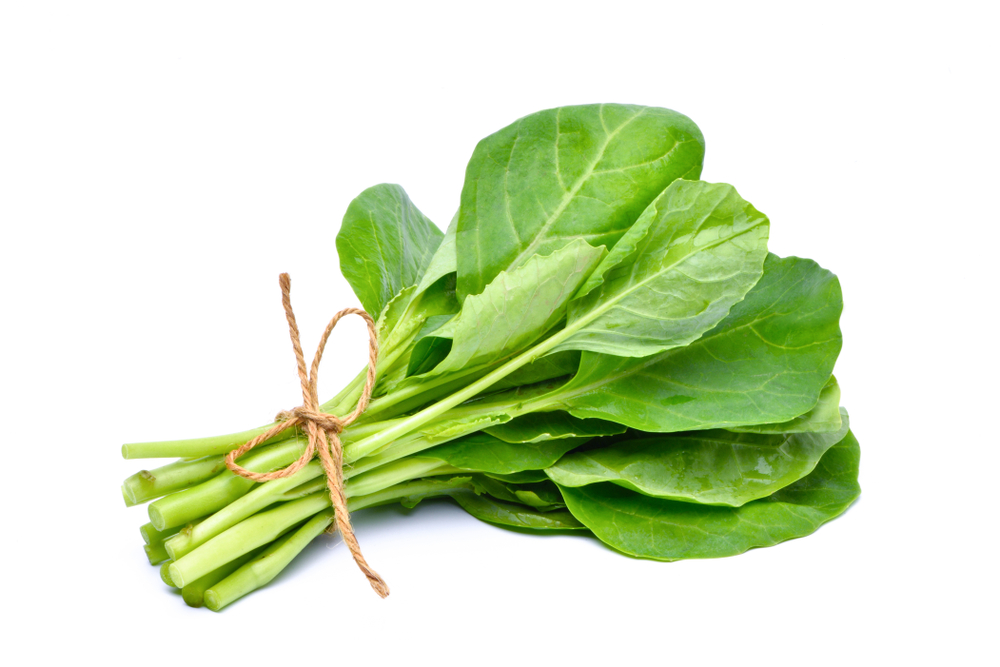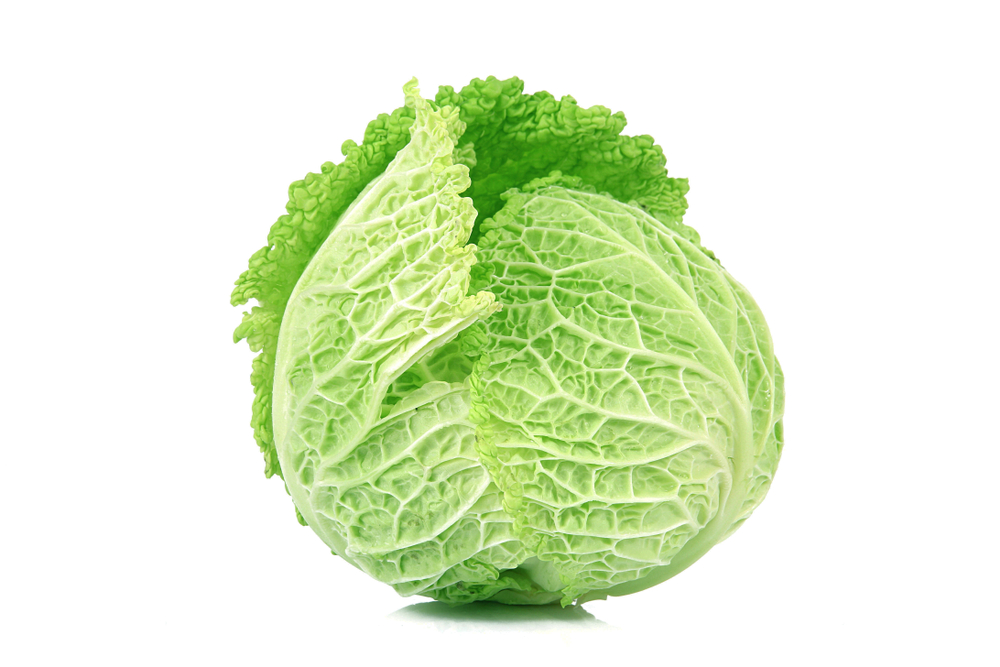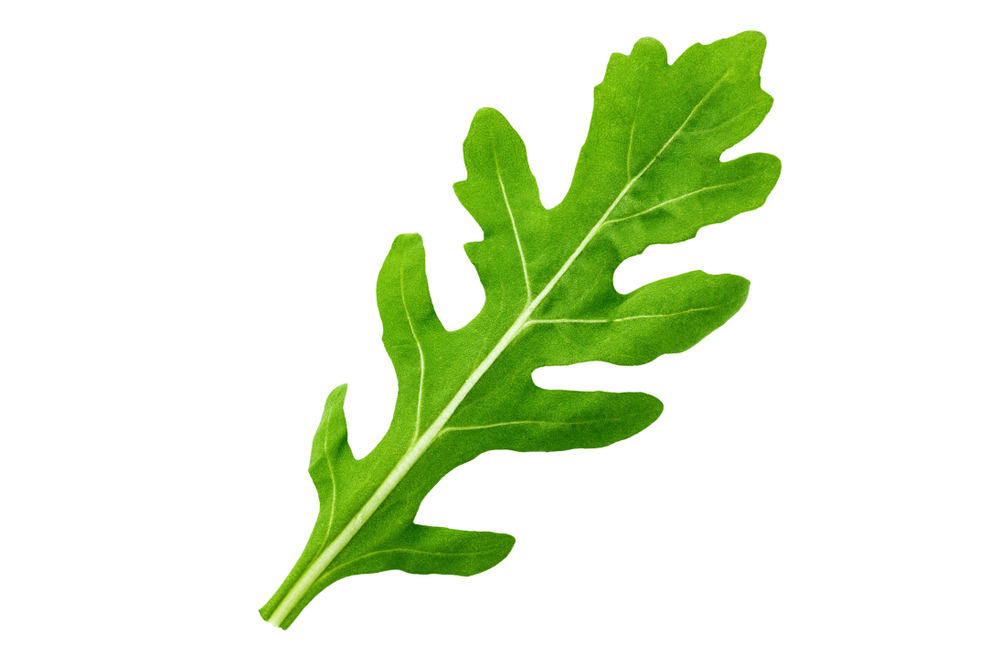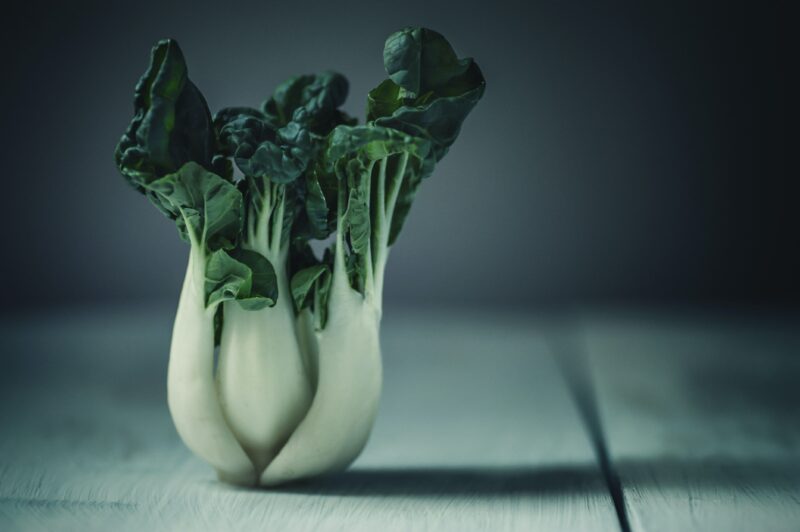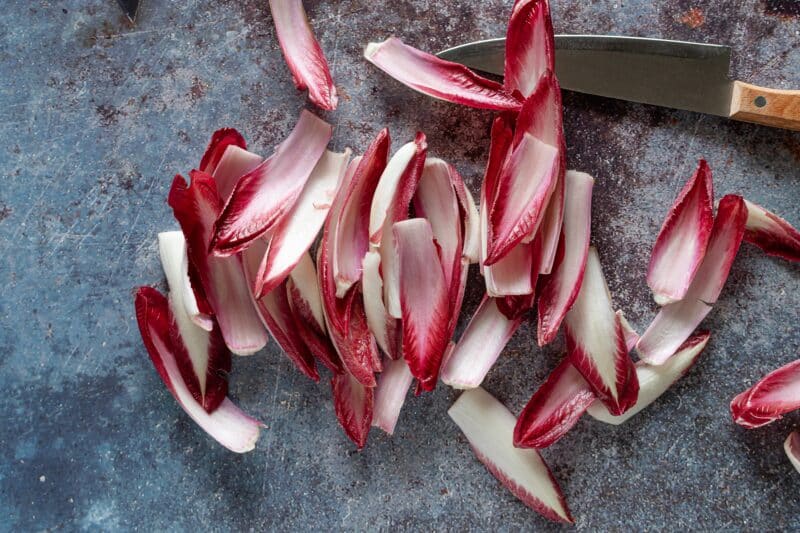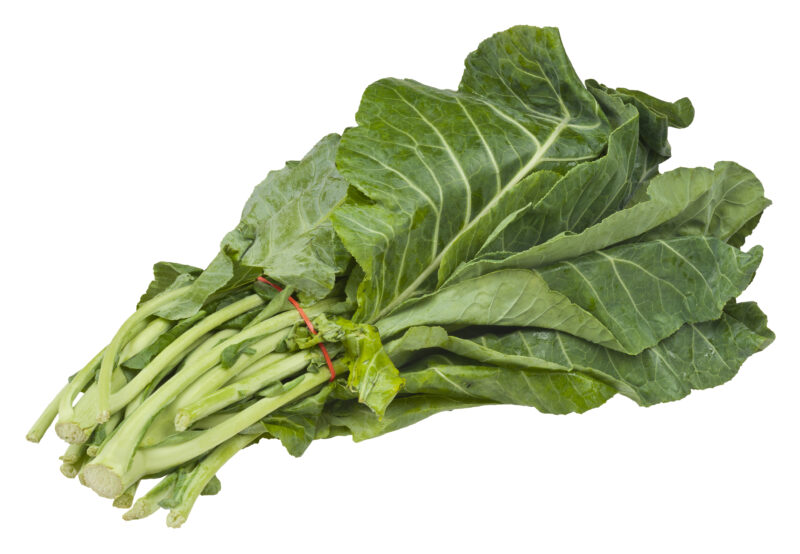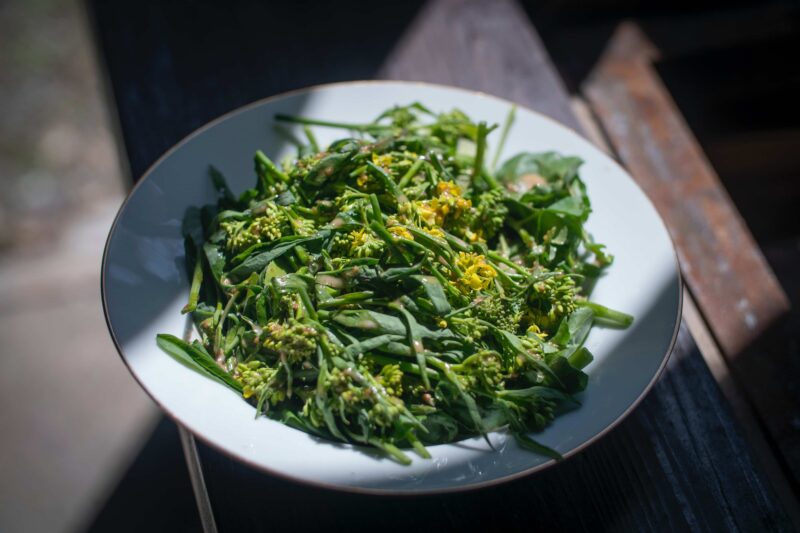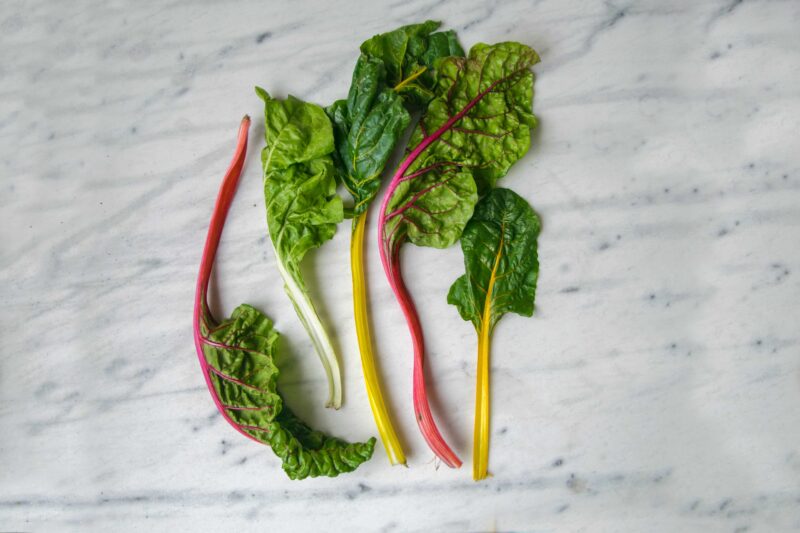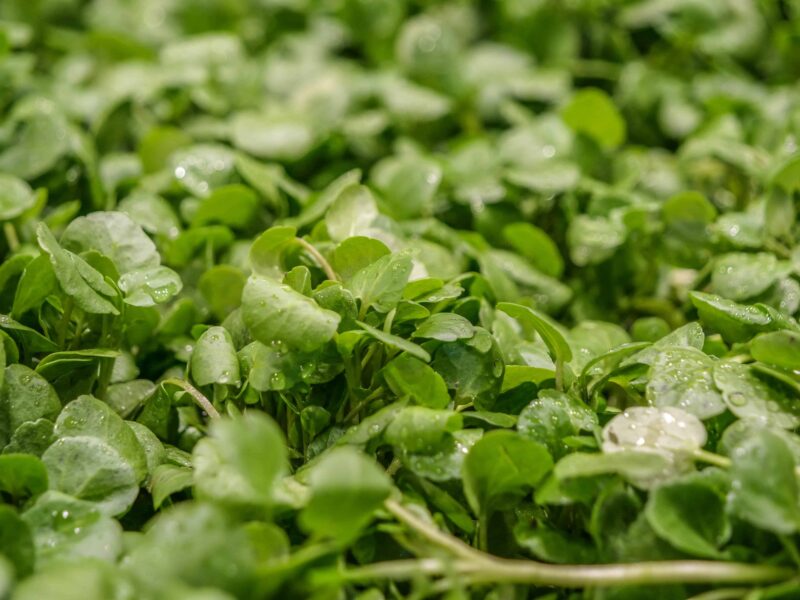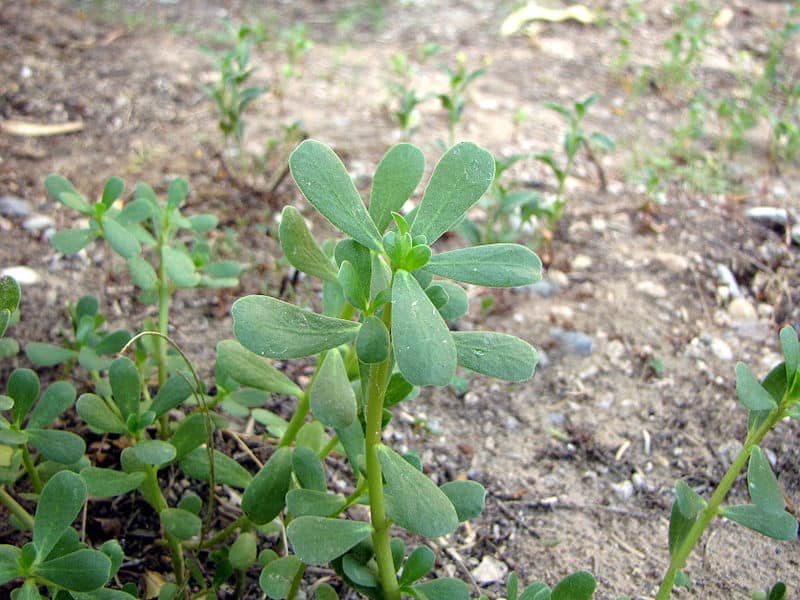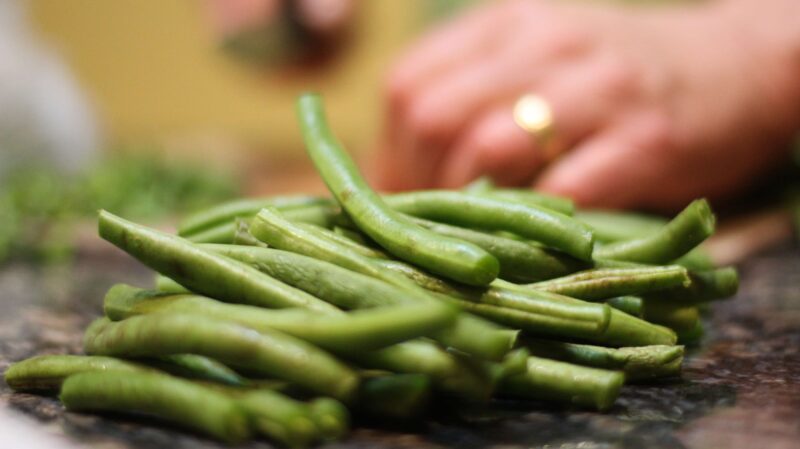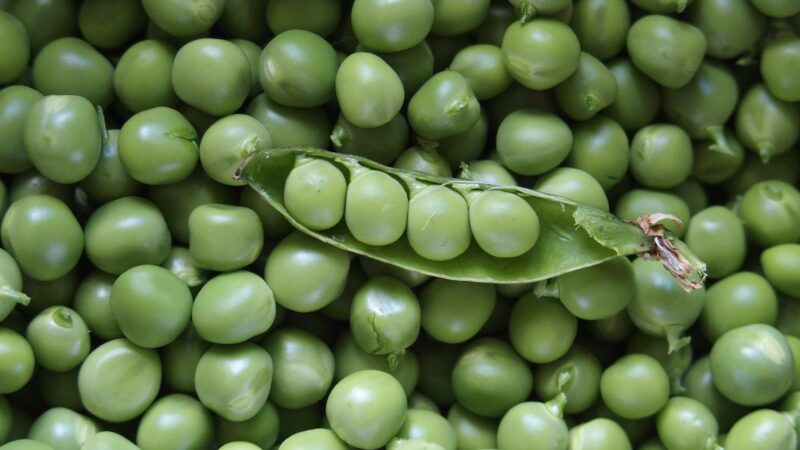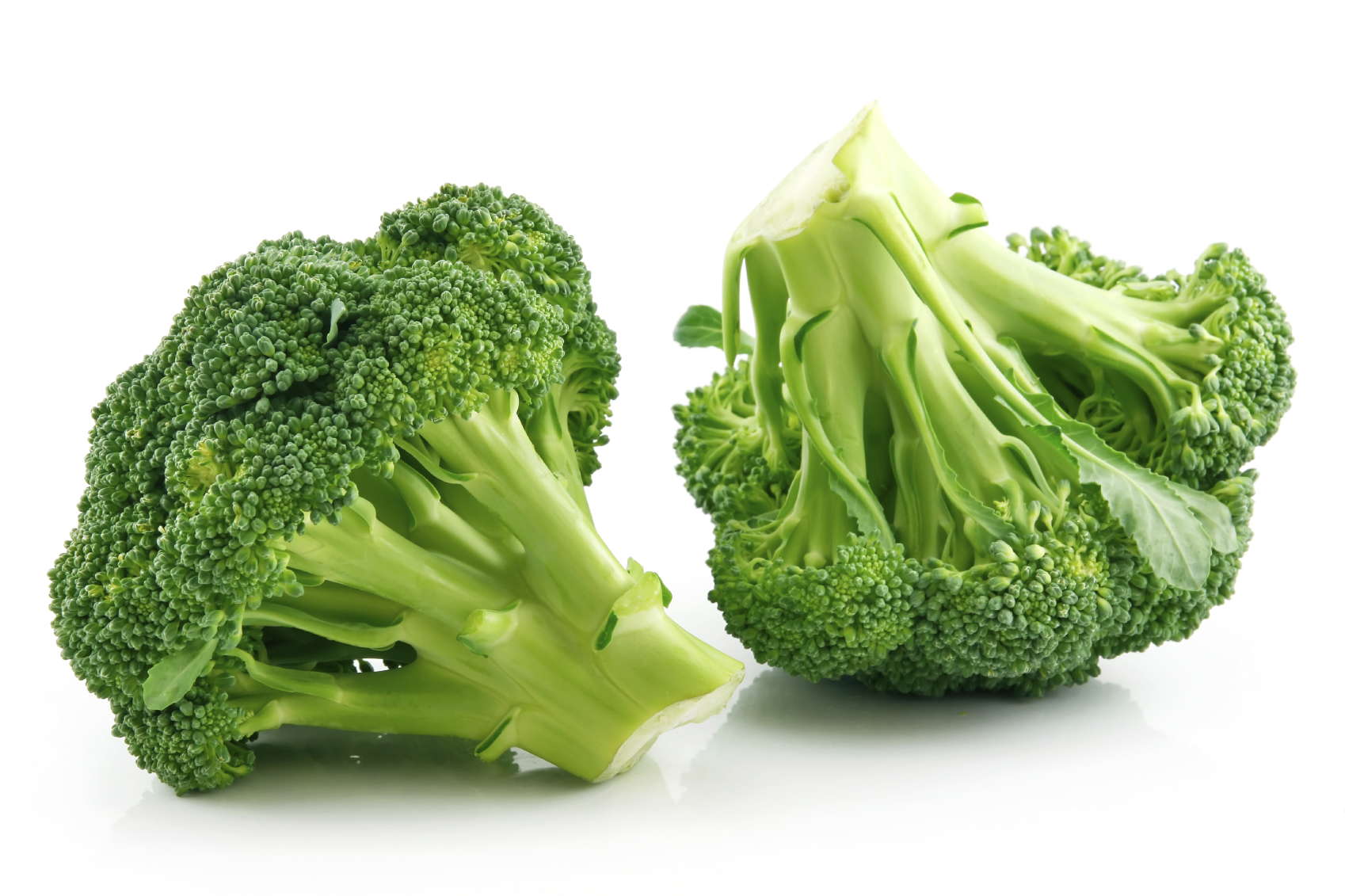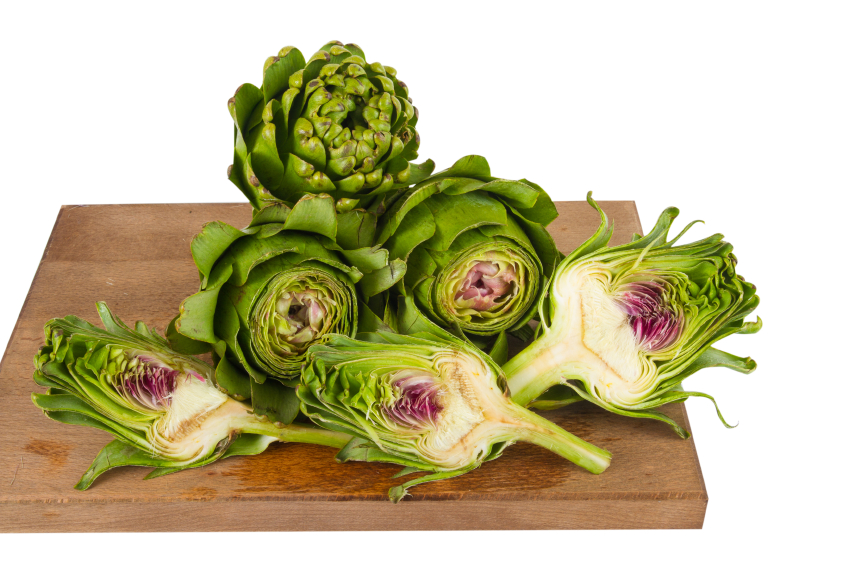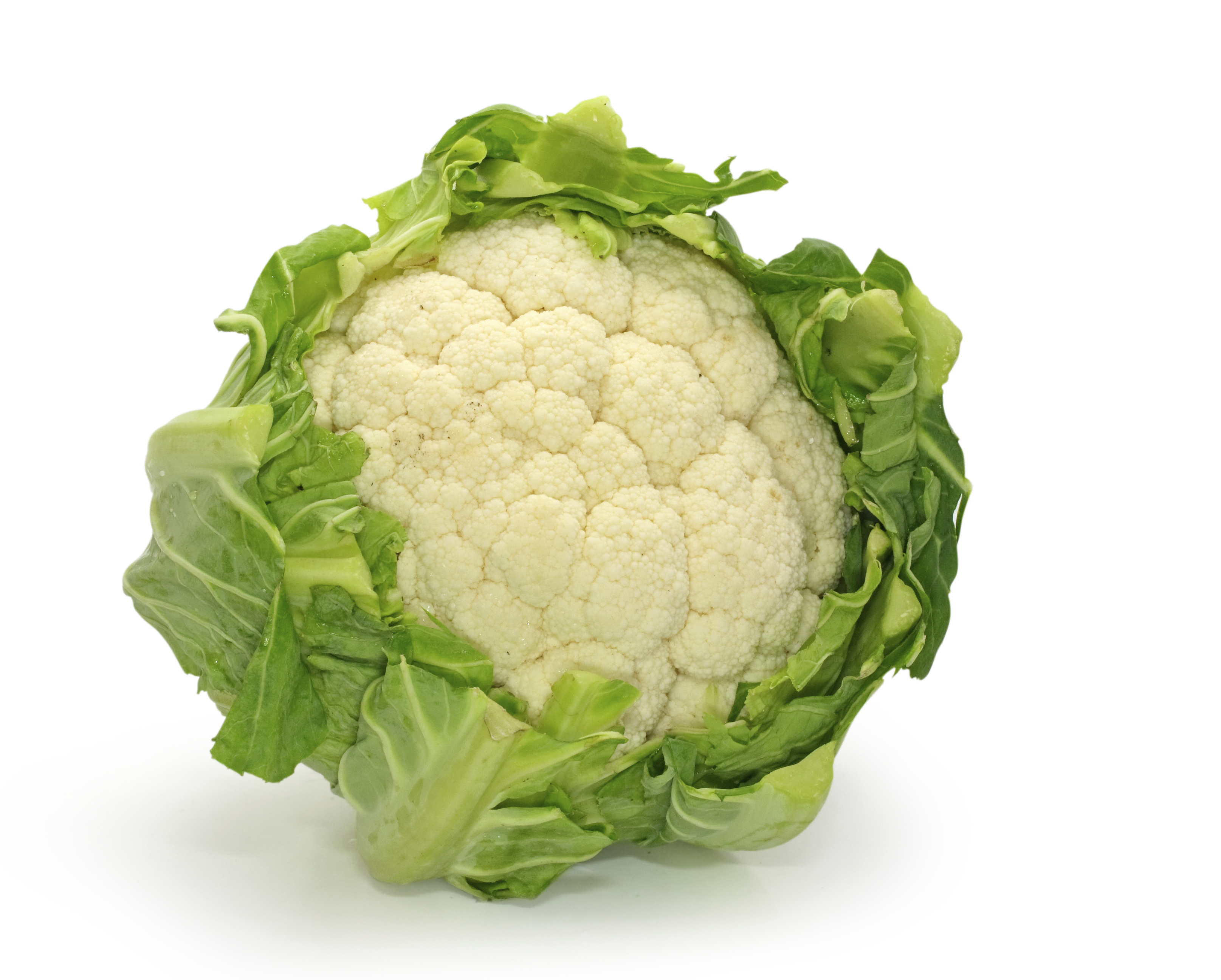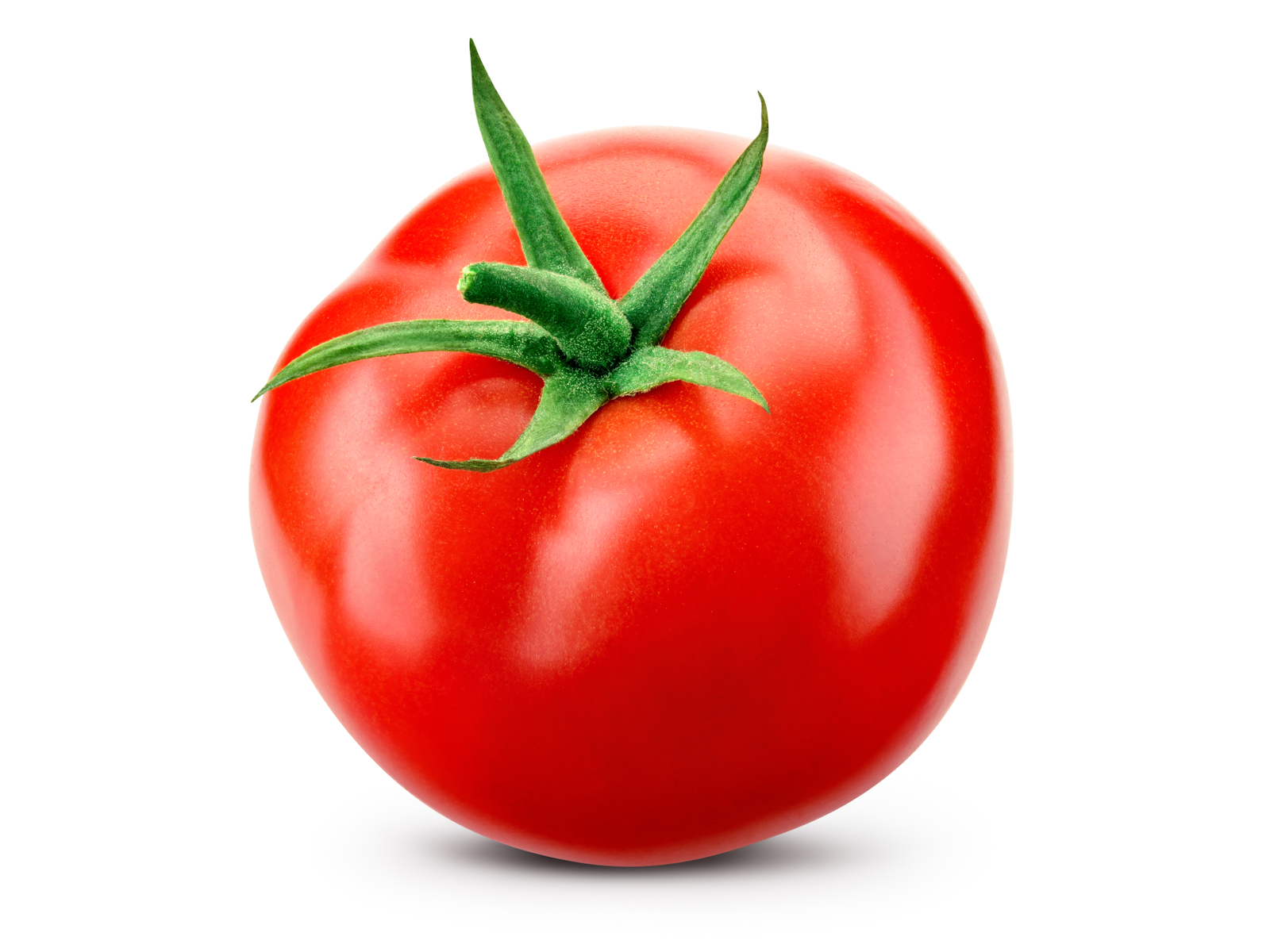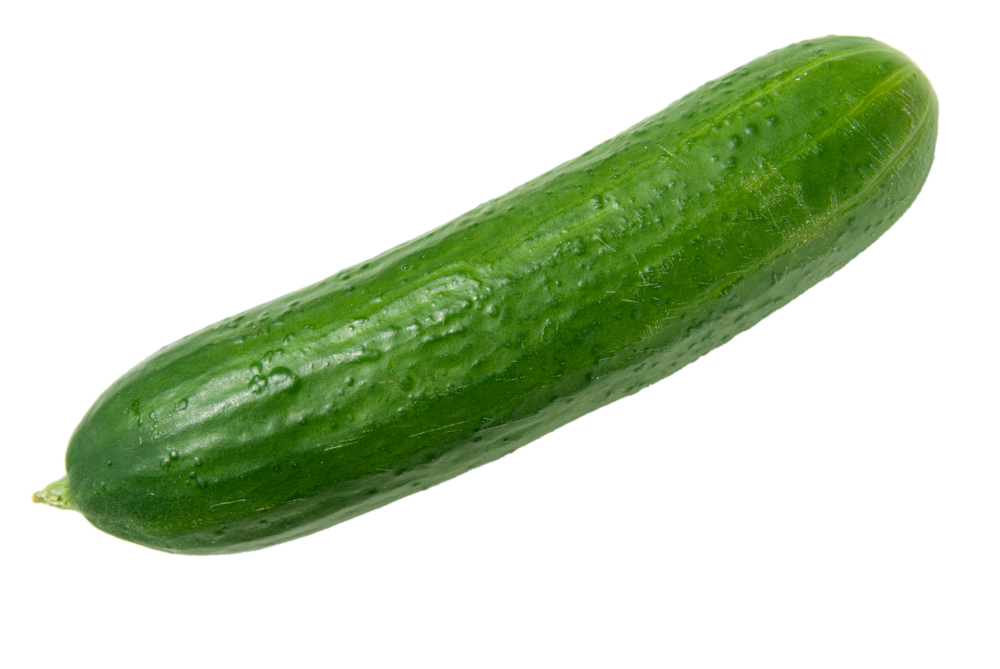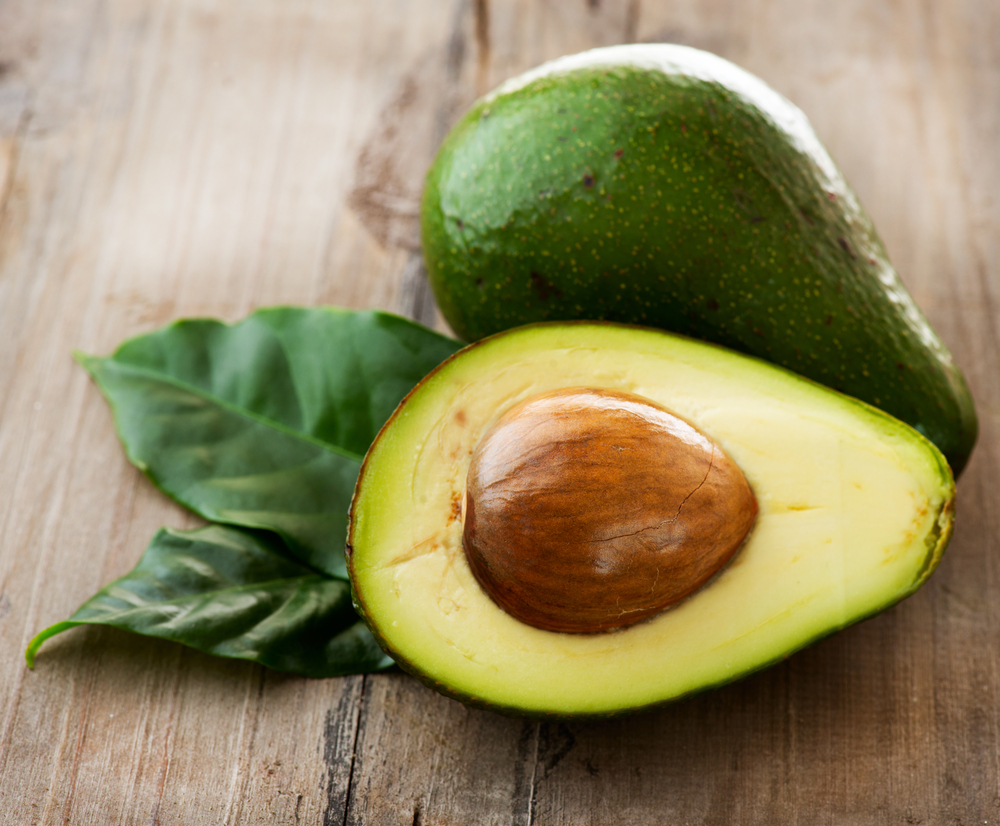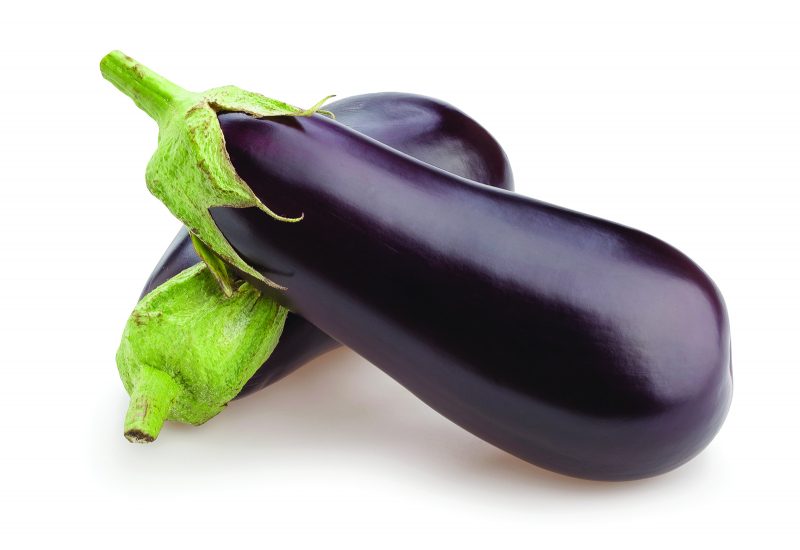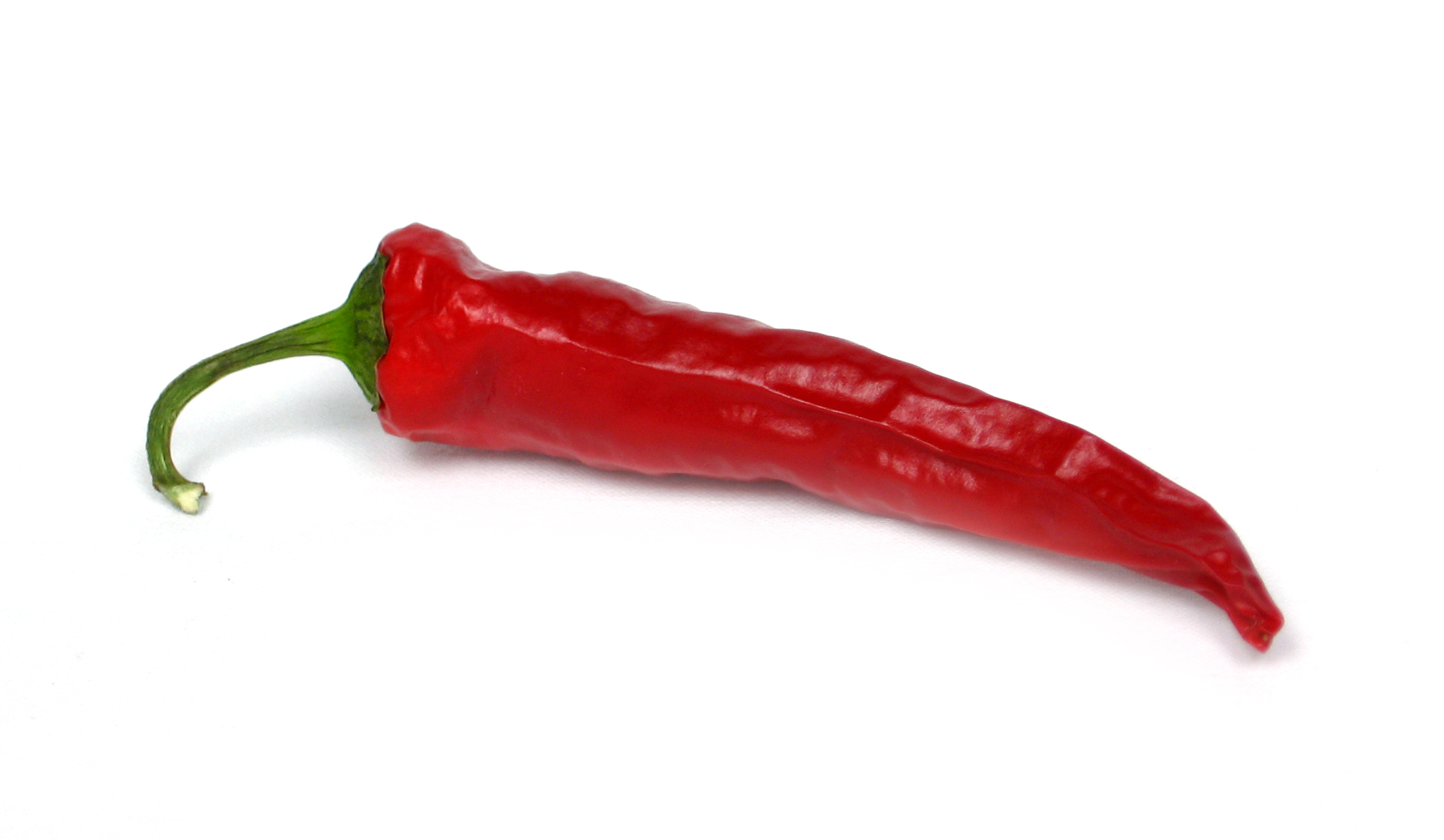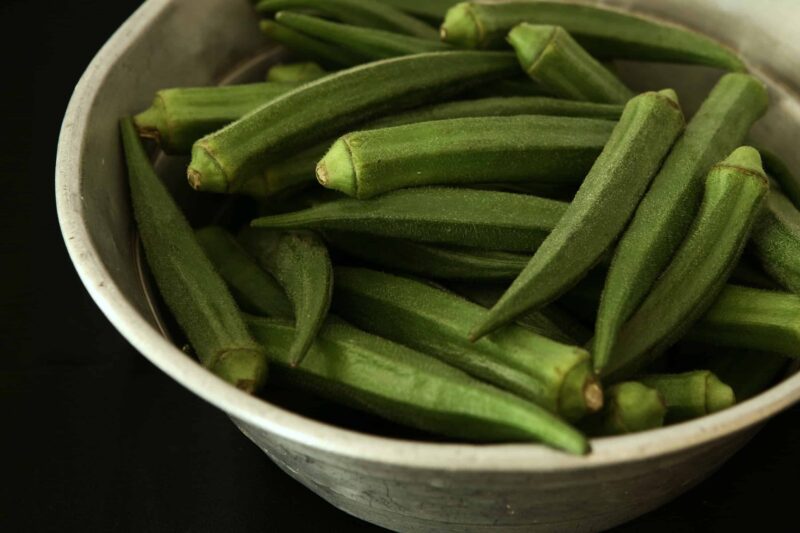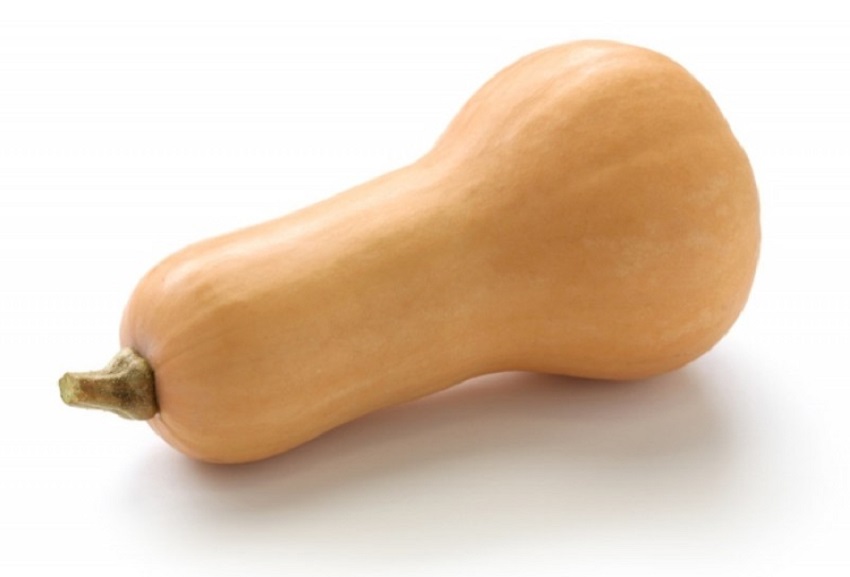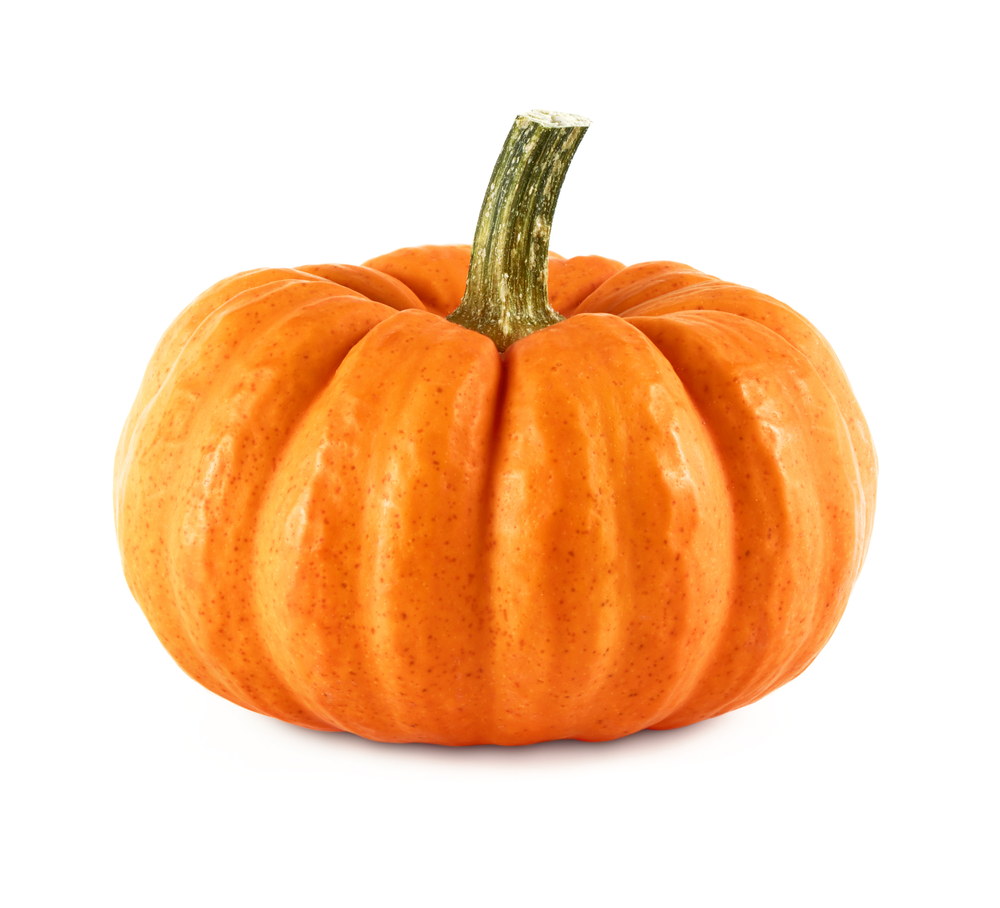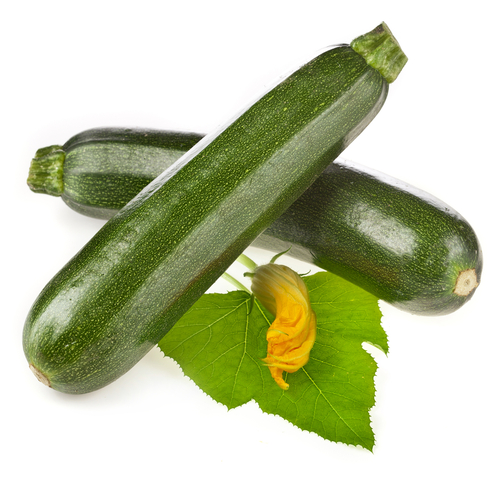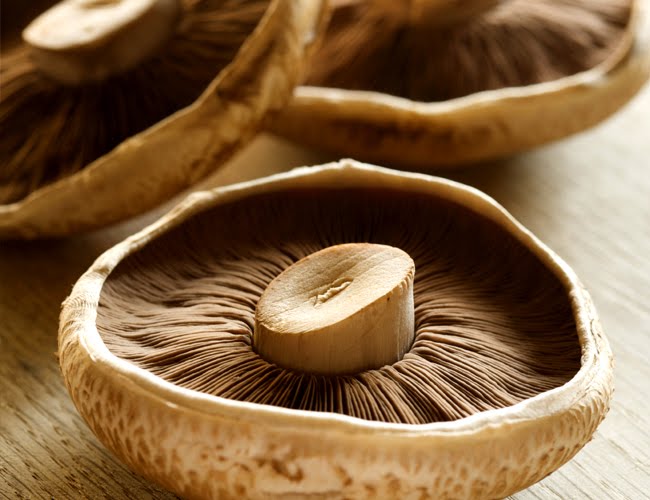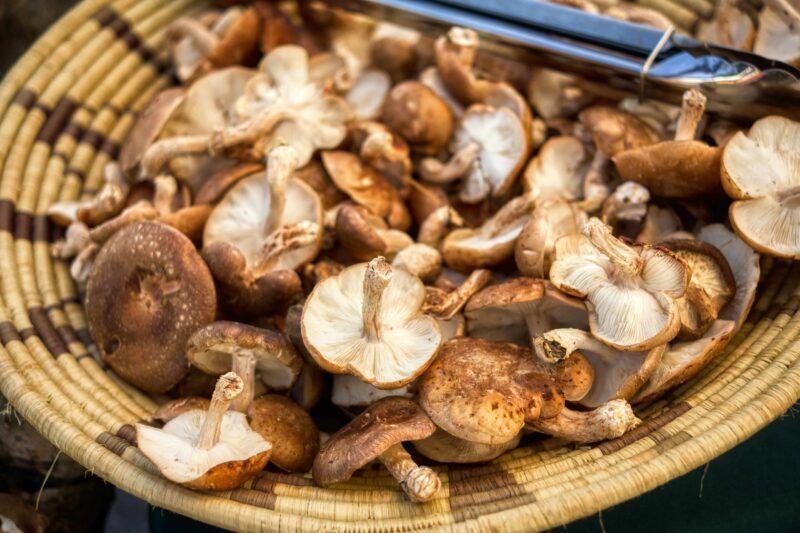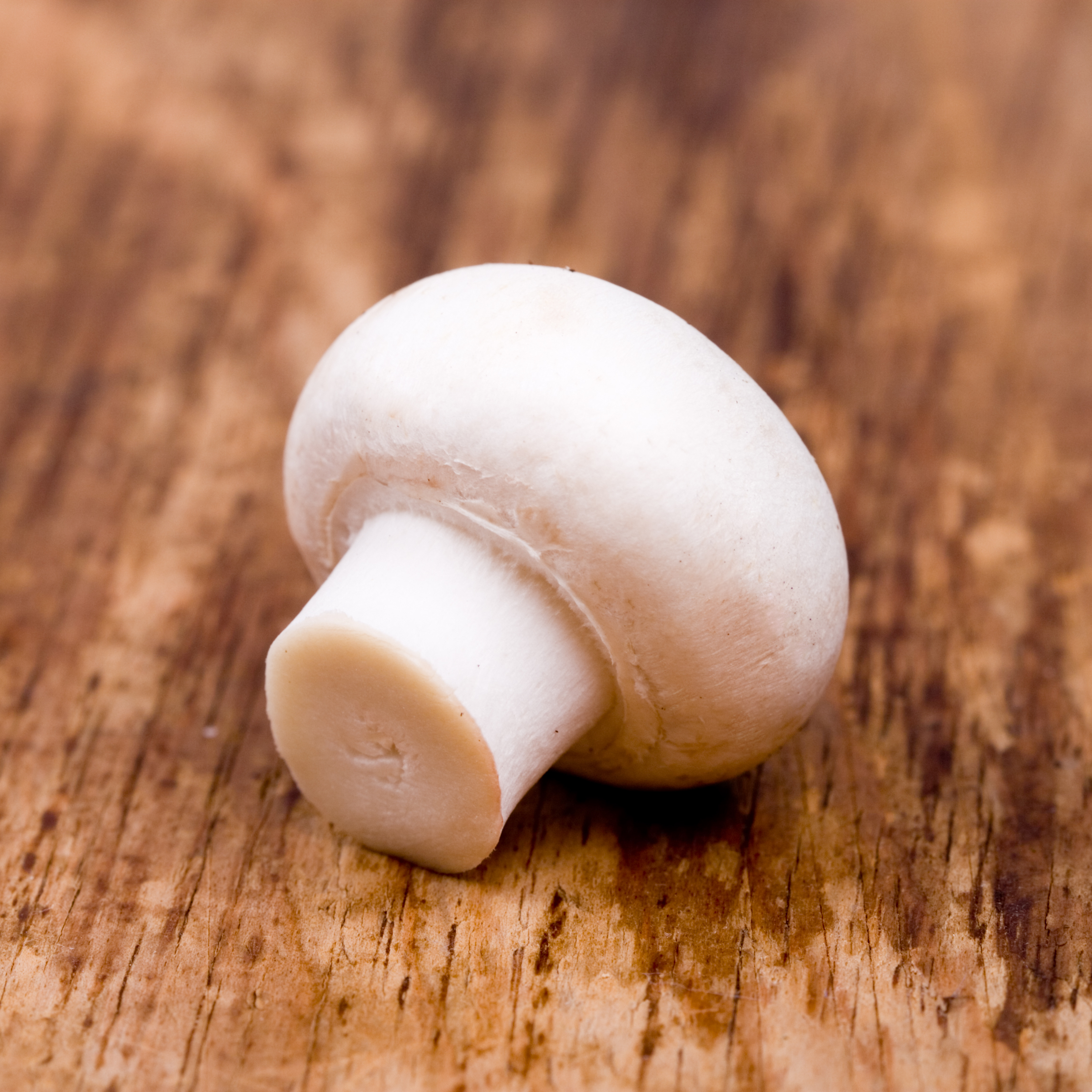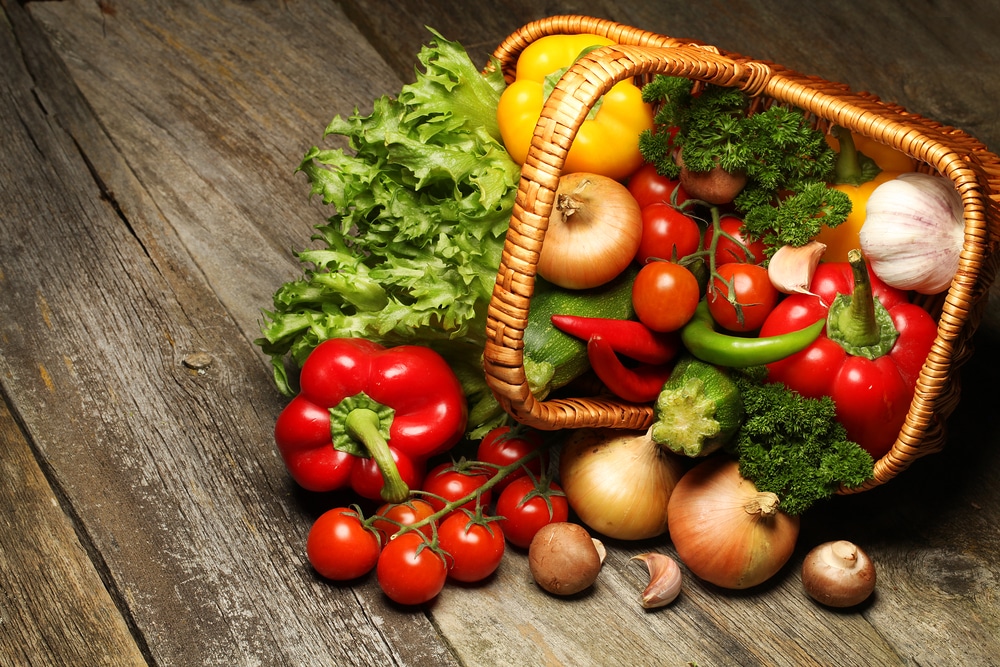
50 Vegetable Names in English
Did you know that there are around 20,000 types of edible plants?
Before you freak out and wonder how in the world you’re going to master 20,000 vegetable names, you should know that only about 20 vegetables make up 90% of the plant-based portion of the average diet.
Learning the English words for some of the most common vegetables is an important part of your vocabulary. I mean, you definitely want to know what you’re ordering or eating, right?
Read on for our healthy and vegetarian list of 50 vegetable names in English.
Contents
- What Makes a Vegetable a Vegetable?
- Root Vegetables
- Stem Vegetables
- Leafy Greens
- Head or Flower Vegetables
- Vegetables That Are Actually Fruits
- Squash
- Fungi
- Why You Should Learn English Vegetable Names
- How to Practice Vegetable Names in English
Download: This blog post is available as a convenient and portable PDF that you can take anywhere. Click here to get a copy. (Download)
What Makes a Vegetable a Vegetable?
A short definition of a vegetable is a plant that we eat.
The label “vegetable” includes a lot of different edible plants, as well as many that you might have thought were fruits. According to Healthline, vegetables are the leaves, roots and stems of the plants that we eat.
The word vegetable is more of a culinary (cooking) term, though. We separate fruits and vegetables mainly because fruits are usually sweet or sour, while vegetables are often blander (less full of flavor) and are used in savory (not sweet) recipes.
Because there’s an ongoing debate over whether some edible plants are really vegetables or fruits, I’ve organized the “vegetables” on this list based on what part of the plant they’re from.
Details aside, the list below includes many common vegetables that are used in kitchens across the United States and the United Kingdom.
Root Vegetables
Root vegetables are edible plants that grow underground (in the dirt or soil). They’re a good source of healthy carbohydrates, and surprisingly, most of the nutrients (vitamins and minerals) come from their skin.
1. Beets
In the United Kingdom, beets are called beetroot. Beet juice can also be used as a natural red dye for fabric or food coloring.
2. Radishes
3. Potatoes
Did you know that there are over 2,000 different types of potatoes that are grown in 160 countries around the world?
4. Sweet Potatoes
5. Carrots
Carrots contain beta carotene, which helps keep your eyes healthy.
6. Garlic
7. Onions
Make sure you brush your teeth after eating onion (and garlic)!
8. Turnips
Turnips are similar to beets in look and flavor.
9. Kohlrabi
10. Parsnips
11. Yams
Yams are similar to sweet potatoes, but they have a slightly dryer texture.
12. Celeriac
This is the root of the celery plant. It has a fresh, nutty taste.
13. Jicama
Jicama is often added to salads because it’s very light and crunchy.
14. Cassava
This is the most popular root vegetable in South America.
15. Fennel
The flowers of a fennel plant are called anise, and they taste like licorice.
Stem Vegetables
As the name suggests, stem vegetables are the above-ground stem or stalk of a plant. Stem vegetables are almost entirely edible, so there’s a lot less food waste than with some other vegetables.
16. Asparagus
17. Rhubarb
If you ever get the chance to try a slice of rhubarb pie, don’t pass it up!
18. Celery
19. Brussels sprouts
For some reason, these sprouts are named after the Belgian city of Brussels.
Leafy Greens
Vegetables that are the leaves of plants are often called leafy greens or salad greens. There are over 1,000 known types of edible leaves. Leafy vegetables are low in calories and high in nutrients. They’re easy to grow in a garden and should be part of your daily diet.
20. Lettuce
There are over a dozen (12) different types of lettuce, including bib lettuce, curly endive, romaine and iceberg.
21. Spinach
22. Kale
Kale is the king of nutrient-dense leafy greens and is considered a superfood (food that has a lot of vitamins and minerals). It’s also delicious (very tasty) in salad and soups.
23. Cabbage
24. Arugula
Arugula is a flavorful dark leafy green that’s called by many other names, such as rocket, colewort, roquette, rucoli and rucola.
25. Bok choi
Bok choi is often used in Chinese dishes.
26. Chicory/Endive
Chicory has a distinct bitter flavor.
27. Collard greens
Collard greens are frequently used in recipes in the Southern United States.
28. Mustard greens
These greens come from the same plant as the condiment mustard.
29. Radicchio
Since many English speakers associate this plant with Italy, it still has an Italian name!
30. Swiss chard
This chard isn’t from Switzerland, so it’s a mystery why we call it Swiss chard.
31. Watercress
32. Dandelion greens
Yes! You can eat the leaves of the yellow dandelion plant.
33. Purslane
34. Green beans
35. Peas
Head or Flower Vegetables
These vegetables are the edible flowers or heads of plants. Many of these vegetables are high in Vitamins C and K. They are best steamed or roasted (baked in the oven).
36. Broccoli
37. Artichokes
Artichokes are actually related to big, beautiful sunflowers!
38. Cauliflower
Vegetables That Are Actually Fruits
It might come as a surprise that many edible plant parts commonly thought to be vegetables are actually fruits. While the following five vegetables really are fruits, they made this list because most people classify them as vegetables.
39. Tomatoes
If you love pizza and pasta, you probably also love tomatoes! This versatile (can be used in many different ways) vegetable is commonly found in Italian food and salads.
40. Cucumbers
41. Avocados
You probably won’t meet very many people in your life who don’t love or at least like avocados! This smooth, buttery and healthy “vegetable” is the key ingredient in guacamole.
42. Eggplants
43. Peppers
There are all different types of peppers that range from sweet to dangerously spicy. One especially popular type is the bell pepper, which can be found in red, orange, yellow or green varieties.
44. Okra
Okra are popular for use in a stew called jambalaya.
Squash
Squash also falls under the category of fruit, since it has seeds and grows from flowers. There are at least 16 types of squash commonly used in cooking, and these are some of the most popular varieties.
45. Butternut Squash
46. Pumpkins
This hearty (healthy and filling) squash is delicious in soup. Pumpkins also make many people think of Halloween, the holiday when they are carved into jack-o’-lanterns (a hollowed-out pumpkin with a scary or funny face). Pumpkins are sometimes featured in scary Halloween stories, and Americans use pumpkins at Thanksgiving to make pumpkin pie.
47. Zucchini
Fungi
When we talk about edible fungi, we’re talking about mushrooms. Edible mushrooms can grow above and below the ground. Be careful not to eat just any mushroom you find outside, though, as many of them are toxic (harmful or deadly). While they aren’t technically vegetables, fungi do have a lot in common with them.
48. Portbello Mushrooms
Portobello mushrooms are very large and are sometimes grilled to make portobello mushroom burgers.
49. Shiitake Mushrooms
50. White Button Mushrooms
These simple, white mushrooms make a great addition to pasta, pizza and salads, and are also great on their own, especially cooked with garlic.
Why You Should Learn English Vegetable Names
We eat every day, and vegetables are bound to come up on restaurant menus and supermarket shelves, so there are many good reasons for learning all their names:
- To know what you ordered at a restaurant. You probably want to know what’s in the meal you just ordered!
- To ask for a specific type of vegetable in the grocery store. It’s more difficult to ask for something when you don’t know what it’s called.
- To follow a recipe and cook a delicious meal. Nothing will wreck a recipe quicker than mixing up your ingredients. You can save yourself a lot of frustration by learning some vegetable names.
- To have simple conversations about food. In any language, people love talking about food, especially in small talk situations!
How to Practice Vegetable Names in English
The list above of 50 vegetables names in English is a great start, but you’ll need to practice this new vocabulary in order to master it. You can do just that by using these resources.
English Learn-Online
 This website has several vegetable quizzes, games and practice exercises. You can start by reading through their vocabulary lists, then practice with the flashcard option. Once you feel ready, you can test yourself with the example sentences and available quizzes.
This website has several vegetable quizzes, games and practice exercises. You can start by reading through their vocabulary lists, then practice with the flashcard option. Once you feel ready, you can test yourself with the example sentences and available quizzes.
British Council
British Council also has a website with a few different ways to practice, such as matching vegetables names to their pictures. It also gives you plenty of opportunities (chances) to practice your reading and spelling skills. By spending some time on this website, you’ll become more familiar with and confident in your knowledge of vegetable names in English.
FluentU
Do you wish you had a better way to learn new English vocabulary?
Our language learning program is designed to teach you English vocabulary and phrases the natural way—using authentic videos like TV clips, movie trailers and music videos.
Every FluentU video comes with interactive subtitles. Just click or tap on any unfamiliar word or phrase in the captions to get an instant definition, example sentences and native pronunciation audio.
You can search the FluentU video library for any words or phrases to instantly find authentic English videos that use them. Videos can be sorted by subject, format and difficulty level, so you can discover phrases that fit your learning needs and interests.
FluentU comes with built-in learning tools like vocabulary lists and personalized quizzes. There are also multimedia flashcards with video clips, audio and images to help you remember words.
You can access FluentU on your browser or by downloading the iOS or Android app.
By combining engaging clips with tools to help you understand them, you'll remember the context phrases are used in and the terms will stick better in your mind.
Learning vocabulary is like growing a garden.
With a little hard work and patience, you’ll soon have an abundance of vocabulary that you can use to communicate in your newly learned language! (And grab a bite to eat, too.)
Download: This blog post is available as a convenient and portable PDF that you can take anywhere. Click here to get a copy. (Download)

